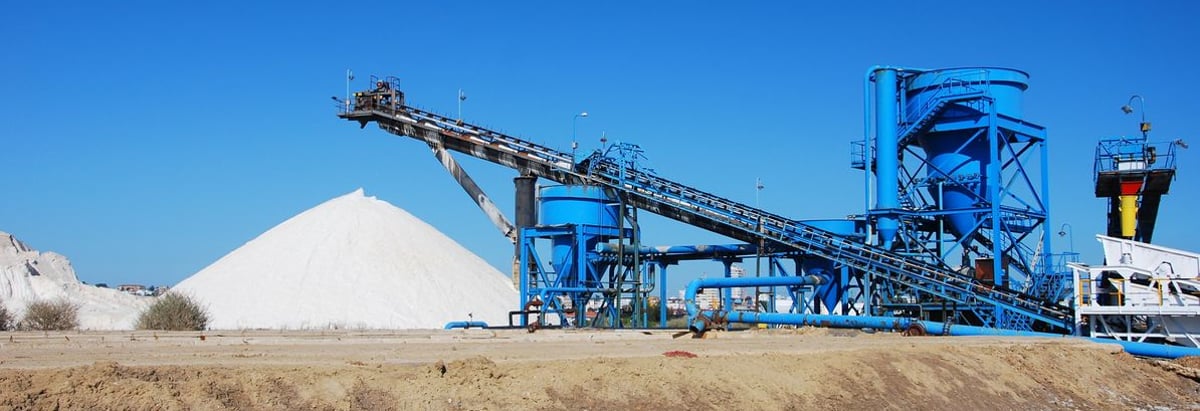- Australia
- /
- Metals and Mining
- /
- ASX:PRG
PRL Global Ltd.'s (ASX:PRG) biggest owners are retail investors who got richer after stock soared 13% last week

Key Insights
- Significant control over PRL Global by retail investors implies that the general public has more power to influence management and governance-related decisions
- 50% of the business is held by the top 10 shareholders
- Insiders own 30% of PRL Global
If you want to know who really controls PRL Global Ltd. (ASX:PRG), then you'll have to look at the makeup of its share registry. We can see that retail investors own the lion's share in the company with 40% ownership. Put another way, the group faces the maximum upside potential (or downside risk).
Clearly, retail investors benefitted the most after the company's market cap rose by AU$18m last week.
In the chart below, we zoom in on the different ownership groups of PRL Global.
Check out our latest analysis for PRL Global

What Does The Lack Of Institutional Ownership Tell Us About PRL Global?
Institutional investors often avoid companies that are too small, too illiquid or too risky for their tastes. But it's unusual to see larger companies without any institutional investors.
There are many reasons why a company might not have any institutions on the share registry. It may be hard for institutions to buy large amounts of shares, if liquidity (the amount of shares traded each day) is low. If the company has not needed to raise capital, institutions might lack the opportunity to build a position. Alternatively, there might be something about the company that has kept institutional investors away. Institutional investors may not find the historic growth of the business impressive, or there might be other factors at play. You can see the past revenue performance of PRL Global, for yourself, below.

PRL Global is not owned by hedge funds. Our data shows that Keen Strategy Sdn Bhd is the largest shareholder with 11% of shares outstanding. With 10% and 7.5% of the shares outstanding respectively, Prosper Trading Sdn. Bhd and Lip Tee are the second and third largest shareholders. Lip Tee, who is the third-largest shareholder, also happens to hold the title of Member of the Board of Directors. In addition, we found that Ah Hong Lai, the CEO has 2.3% of the shares allocated to their name.
On further inspection, we found that more than half the company's shares are owned by the top 10 shareholders, suggesting that the interests of the larger shareholders are balanced out to an extent by the smaller ones.
While studying institutional ownership for a company can add value to your research, it is also a good practice to research analyst recommendations to get a deeper understand of a stock's expected performance. Our information suggests that there isn't any analyst coverage of the stock, so it is probably little known.
Insider Ownership Of PRL Global
The definition of company insiders can be subjective and does vary between jurisdictions. Our data reflects individual insiders, capturing board members at the very least. Management ultimately answers to the board. However, it is not uncommon for managers to be executive board members, especially if they are a founder or the CEO.
I generally consider insider ownership to be a good thing. However, on some occasions it makes it more difficult for other shareholders to hold the board accountable for decisions.
Our information suggests that insiders maintain a significant holding in PRL Global Ltd.. Insiders have a AU$48m stake in this AU$160m business. This may suggest that the founders still own a lot of shares. You can click here to see if they have been buying or selling.
General Public Ownership
With a 40% ownership, the general public, mostly comprising of individual investors, have some degree of sway over PRL Global. While this group can't necessarily call the shots, it can certainly have a real influence on how the company is run.
Private Company Ownership
Our data indicates that Private Companies hold 30%, of the company's shares. It's hard to draw any conclusions from this fact alone, so its worth looking into who owns those private companies. Sometimes insiders or other related parties have an interest in shares in a public company through a separate private company.
Next Steps:
I find it very interesting to look at who exactly owns a company. But to truly gain insight, we need to consider other information, too. Take risks for example - PRL Global has 2 warning signs (and 1 which is a bit concerning) we think you should know about.
Of course, you might find a fantastic investment by looking elsewhere. So take a peek at this free list of interesting companies.
NB: Figures in this article are calculated using data from the last twelve months, which refer to the 12-month period ending on the last date of the month the financial statement is dated. This may not be consistent with full year annual report figures.
New: Manage All Your Stock Portfolios in One Place
We've created the ultimate portfolio companion for stock investors, and it's free.
• Connect an unlimited number of Portfolios and see your total in one currency
• Be alerted to new Warning Signs or Risks via email or mobile
• Track the Fair Value of your stocks
Have feedback on this article? Concerned about the content? Get in touch with us directly. Alternatively, email editorial-team (at) simplywallst.com.
This article by Simply Wall St is general in nature. We provide commentary based on historical data and analyst forecasts only using an unbiased methodology and our articles are not intended to be financial advice. It does not constitute a recommendation to buy or sell any stock, and does not take account of your objectives, or your financial situation. We aim to bring you long-term focused analysis driven by fundamental data. Note that our analysis may not factor in the latest price-sensitive company announcements or qualitative material. Simply Wall St has no position in any stocks mentioned.
About ASX:PRG
PRL Global
Engages in the mining, processing, and sale of phosphate rock, phosphate dust, and chalk in Africa, Asia, Europe, Australia, North America, and Oceania.
Mediocre balance sheet low.
Market Insights
Community Narratives



